I remember the day I stumbled upon this fruit salad with yogurt and nuts. It was a warm afternoon when I visited a close friend who always seemed to have a knack for tossing together healthy treats. She handed me a bowl of fresh fruit drizzled with a creamy yogurt sauce, then sprinkled crunchy nuts all over the top. I was hooked from the first bite.
I tried to recreate that moment in my own kitchen weeks later, but my first attempt didn’t taste quite as bright and fresh. I overdid the yogurt, added too much sugar, and picked fruits that didn’t mesh well. It took a few rounds of trying different fruits, sweeteners, and nuts to discover a combination I absolutely adore. After refining my approach, I can say this fruit salad with yogurt and nuts has become one of my go-to breakfasts and a frequent potluck favorite.
My First Encounter With This Fruit Salad
I was a bit clumsy at first. In fact, I once managed to forget adding the honey altogether, which left my salad a bit too tangy. Another time, I dumped in so many nuts that it felt like I was munching on trail mix. Over multiple attempts, I figured out the right balance. Now, whenever I look back on my trial-and-error adventures, I can’t help smiling. Each little hiccup taught me something new and brought me closer to the bright, easy, and healthy dish I now love.
When friends ask for simple recipes, this is high on my list. It’s vegetarian-friendly, easy to whip up, and it can even be adjusted for those following a keto approach—just use unsweetened yogurt and pick lower-carb fruits. And since I’m not a medical professional, I always mention that folks with special dietary needs might want to chat with a nutritionist if they’re looking for more in-depth advice.
The Raw Ingredients

When I’m gathering ingredients for this fruit salad with yogurt and nuts, I prioritize freshness. Here’s a quick rundown of what I typically reach for:
- Strawberries (8–10 pieces, sliced)
- Grapes (1 cup, halved)
- Pineapple chunks (1 cup)
- Orange segments (1 cup)
- Plain or Greek yogurt (1 cup)
- Chopped nuts (½ cup of almonds, walnuts, or cashews)
- Honey or maple syrup (1 tablespoon, optional)
- A pinch of salt (I learned that a tiny pinch brings out the sweetness)
I deliberately choose these fruits because they complement each other. Strawberries add a bright note, grapes bring a mild sweetness, and oranges give a zesty edge. Pineapple is a personal favorite—I love how it adds a tropical vibe. For the nuts, I lean on a mix of almonds, walnuts, and cashews to get a crunchy contrast.
Feel free to stick with your favorites: if you have blueberries at home, toss those in. If you’d rather skip the pineapple, sub in ripe peaches or mango. The main goal is to pick fruits that will taste good together in a creamy yogurt base.
Equipment I Rely On
Before I put everything together, I make sure I have a few trusty tools within reach. I’ve occasionally tried mixing everything in a bowl that was too small and ended up with sticky fruit bits all over the counter. Lesson learned!

To create this fruit salad with yogurt and nuts, I count on:
- A sturdy cutting board (lots of chopping needed)
- A sharp knife (makes slicing fruit much easier)
- A big mixing bowl (enough room to toss ingredients without worry)
- Measuring cups and spoons (for the yogurt, sweetener, and nuts)
- A whisk (to blend the yogurt with honey or maple syrup)
- A rubber spatula or large spoon (to fold everything together gently)
Step-By-Step Instructions
I like to set up my ingredients on the counter before jumping in. When everything is neatly arranged, I find the process goes more smoothly.
- Wash and Prepare the Fruit
I start by rinsing the fruits thoroughly. After dabbing them dry with a paper towel, I slice strawberries, halve grapes, and cut pineapple and orange into bite-sized chunks.Pro Tip: If you’re using any fruits with tough skins (like some apples), give them a quick peel if you prefer.

- Mix the Yogurt Sauce
Next, I put the yogurt into my mixing bowl and whisk in the honey (or maple syrup). A pinch of salt goes in too—this tiny pinch is a game-changer. It lifts the natural flavors of the fruit.
- Combine the Fruit With the Yogurt
After the yogurt looks nice and silky, I fold in the fruit. I go slowly and use a spatula to coat every piece. This is also where I taste and add a bit more honey or yogurt if needed.
- Add the Nuts
Lastly, I sprinkle in the chopped nuts. I reserve about a tablespoon to garnish on top later. Toss gently, so the nuts are mixed throughout but still maintain their crunch. - Taste and Adjust
This is the moment I give it a final nibble. If I find it too tangy, I drizzle a bit more honey. If it’s on the sweeter side, I might swirl in a spoonful of plain yogurt. Everyone’s preference is different, so trust your taste buds.
Cooking Memories and Personal Touch
Over time, I’ve learned to watch my yogurt texture carefully. A few times, I used a runny yogurt, which gave the final mixture a soupy feel. Now, I stick to thick Greek yogurt or I strain my regular yogurt through a cheesecloth if it seems watery. That trick has helped me get a more pleasing consistency each time.
I’ve also discovered I can keep it vegetarian by choosing standard dairy yogurt or a plant-based option if needed. My cousin is lactose intolerant, so once in a while I pick up almond-based or coconut yogurt to keep her smiling at family gatherings.
Tips for Success
- Balance of Flavors: Don’t forget that pinch of salt. It highlights the natural sweetness without overwhelming you.
- Temperature Matters: If you plan on serving it later, cover the bowl and pop it in the fridge. Cold fruit salad with yogurt and nuts is especially refreshing on warm days.
- Experiment With Sweeteners: Honey, maple syrup, or even a stevia-based sweetener (if you’re going for a keto spin) can change the taste. Start with small amounts and find your favorite.
- Mind the Liquid Content: Some fruits, like watermelon or kiwi, can release extra liquid and thin out your yogurt. If you really want to use those, consider straining them or patting them dry before tossing them in.
- Crunch Factor: If you like an extra crunch, add seeds like chia or flax. Just note that seeds might absorb some moisture and alter the texture if left too long.
Variations and Serving Ideas
I tend to pair this fruit salad with yogurt and nuts with other dishes:
- Breakfast Boost: Enjoy it alongside scrambled eggs or a slice of whole-grain toast.
- Snack Bowl: Pack it in a small container to bring to work or school.
- Topping for Pancakes or Waffles: Spoon it on top of a fresh pancake stack for a bright, sweet twist.
- Picnic-Ready: Place it in a chilled container for an outdoor gathering. The bursts of fruity juices and creamy yogurt really hit the spot.
If you’re aiming to keep sugar levels low, go for unsweetened yogurt and rely on the natural sweetness of your fruit. Skip honey and pick the right fruits (e.g., berries over high-sugar tropical fruits). According to resources like the USDA’s guidelines for sugar intake, it’s wise to monitor how much added sugar you include.
Trouble Spots and What to Watch Out For
I’ve run into a few pitfalls that might ring a bell:
- Overloading on Nuts: You want crunch, but not a nut-only snack. Measure your nuts first, and save some for topping at the end.
- Watery Yogurt: If your yogurt is runny, strain it or go for Greek-style. That keeps everything thick and spoonable.
- Clashing Flavors: Some fruits have strong profiles (like grapefruit). If you want to add them, be mindful they can overshadow milder fruits.
- Sweetness Mishaps: Adding sugar or sweeteners blindly can lead to an overly sweet bowl. Taste as you go—it’s easier to add sweetness than to remove it!
Storage and Leftovers
I typically store any leftovers in an airtight container in the fridge for up to two days. After that, the fruit might lose its freshness and the yogurt can become watery. If you’re planning on eating it later, I’d suggest adding nuts right before serving to keep them crisp. Re-stirring the yogurt can help distribute any liquid that collects at the top.
Nutritional Snapshot (Approximate)
| Component | Amount per Serving (1 cup) |
|---|---|
| Calories | ~150–200 |
| Protein | ~6–8 g |
| Carbohydrates | ~20–25 g |
| Fat | ~4–6 g (from nuts) |
These numbers can vary based on the fruits you choose, the type of yogurt, and any extra sweetener. If you’re watching macros closely, check the labels or use a trusted nutrition calculator.
I’m not a registered dietitian, so if you have specific dietary goals—like managing blood sugar or tracking calories for a fitness plan—consider reaching out to a qualified nutrition expert.
Frequently Asked Questions
How can I make this recipe gluten-free?
This dish is naturally free of gluten if you’re using plain yogurt and fresh fruit. Just double-check any added sweeteners or flavorings to confirm they don’t contain hidden wheat-based thickeners. Certified gluten-free products are always a safe bet.
Can I prepare it the night before?
You can, but the fruit might release extra juice, which thins the yogurt. If you must prep ahead, mix the yogurt, sweetener, and nuts, then add the fruit right before serving. This keeps everything fresh.
What if I want to make it dairy-free?
Opt for a dairy-free yogurt made from almond, coconut, or soy milk. These options usually have a similar consistency to Greek yogurt. I’ve found a few brands that are nice and thick, which holds up well with fresh fruit.
Is it possible to freeze leftovers?
Freezing yogurt-based mixtures can change their texture once thawed. The fruit might turn mushy, too. It’s best to make just enough to enjoy in a day or two for maximum freshness.
Can I make it sugar-free?
Yes! Simply skip the honey or maple syrup, and choose naturally sweet fruits like strawberries or ripe peaches. If you like a bit of extra sweetness, you can stir in a no-calorie sweetener that suits your dietary preferences.
How do I add a savory twist?
A pinch of chili powder or a dash of black pepper can give an unexpected zing. It might sound odd, but a gentle sprinkle can really surprise your taste buds in a good way.
Which nuts are best if I have allergies?
If you’re allergic to classic tree nuts, you could try seeds like pumpkin seeds or sunflower seeds for a crunchy element. Always confirm that the seeds you pick are processed in a nut-free facility if cross-contamination is a concern.
Concluding Thoughts
Crafting a fresh, vibrant fruit salad with yogurt and nuts has been a delight in my kitchen. From the early days of mixing mismatched fruits to my perfected version now, I’ve loved the flexibility and flavor it brings to the table. I hope this recipe, along with all the tips and insights, helps you find your own sweet spot. Feel free to adjust ingredients based on whatever is in season or on sale, and be sure to let me know how it goes. Happy cooking and snacking!
Disclaimer: I’m sharing this recipe from my personal kitchen experiences. For any specific health questions or medical guidance, it’s best to consult a certified professional.
Print
Fruit Salad With Yogurt And Nuts Recipe
- Prep Time: 15 minutes
- Cook Time: 5 minutes
- Total Time: 15 minutes
- Yield: 4 servings 1x
- Category: Breakfast
- Method: Mixing
- Cuisine: International
- Diet: Vegetarian
Description
A fresh and healthy fruit salad with creamy yogurt sauce and crunchy nuts, perfect for breakfast or as a potluck favorite.
Ingredients
- 8–10 pieces, sliced strawberries
- 1 cup, halved grapes
- 1 cup pineapple chunks
- 1 cup orange segments
- 1 cup plain or greek yogurt
- ½ cup of almonds, walnuts, or cashews chopped nuts
- 1 tablespoon honey or maple syrup – optional
- to taste a pinch of salt – tiny pinch to bring out sweetness
Instructions
- Wash and Prepare the Fruit: Rinse and slice the fruits.
- Mix the Yogurt Sauce: Whisk yogurt with honey, add a pinch of salt.
- Combine the Fruit With the Yogurt: Fold in the fruit gently.
- Add the Nuts: Sprinkle chopped nuts and toss gently.
- Taste and Adjust: Adjust sweetness or yogurt based on taste.
Notes
Experiment with different fruits and nuts to find your favorite combination. Adjust sweetness according to personal preference.
Nutrition
- Serving Size: 1 cup
- Calories: 175
- Sugar: 12
- Sodium: 20
- Fat: 6
- Saturated Fat: 1
- Unsaturated Fat: 5
- Trans Fat: 0
- Carbohydrates: 25
- Fiber: 4
- Protein: 7
- Cholesterol: 0


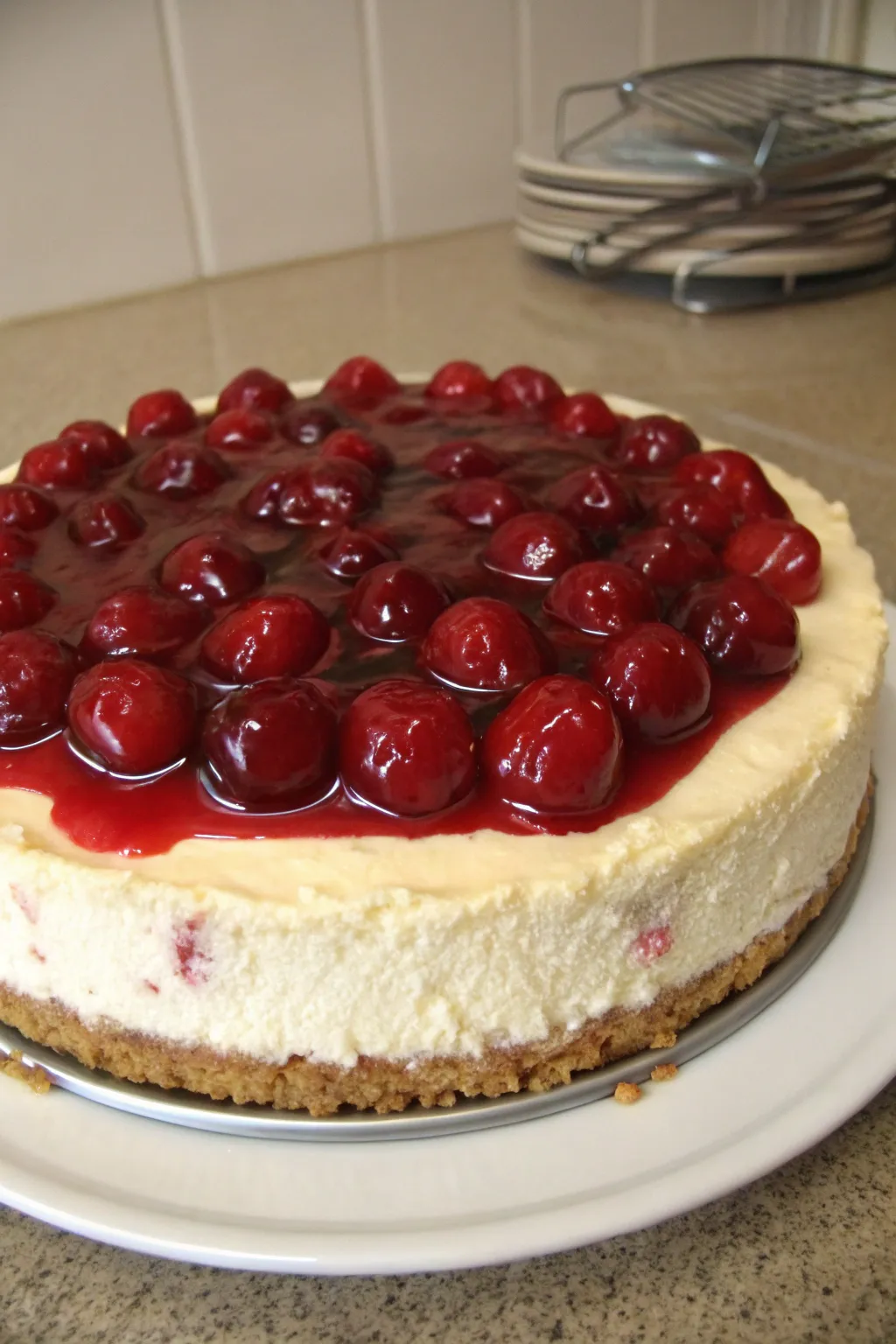

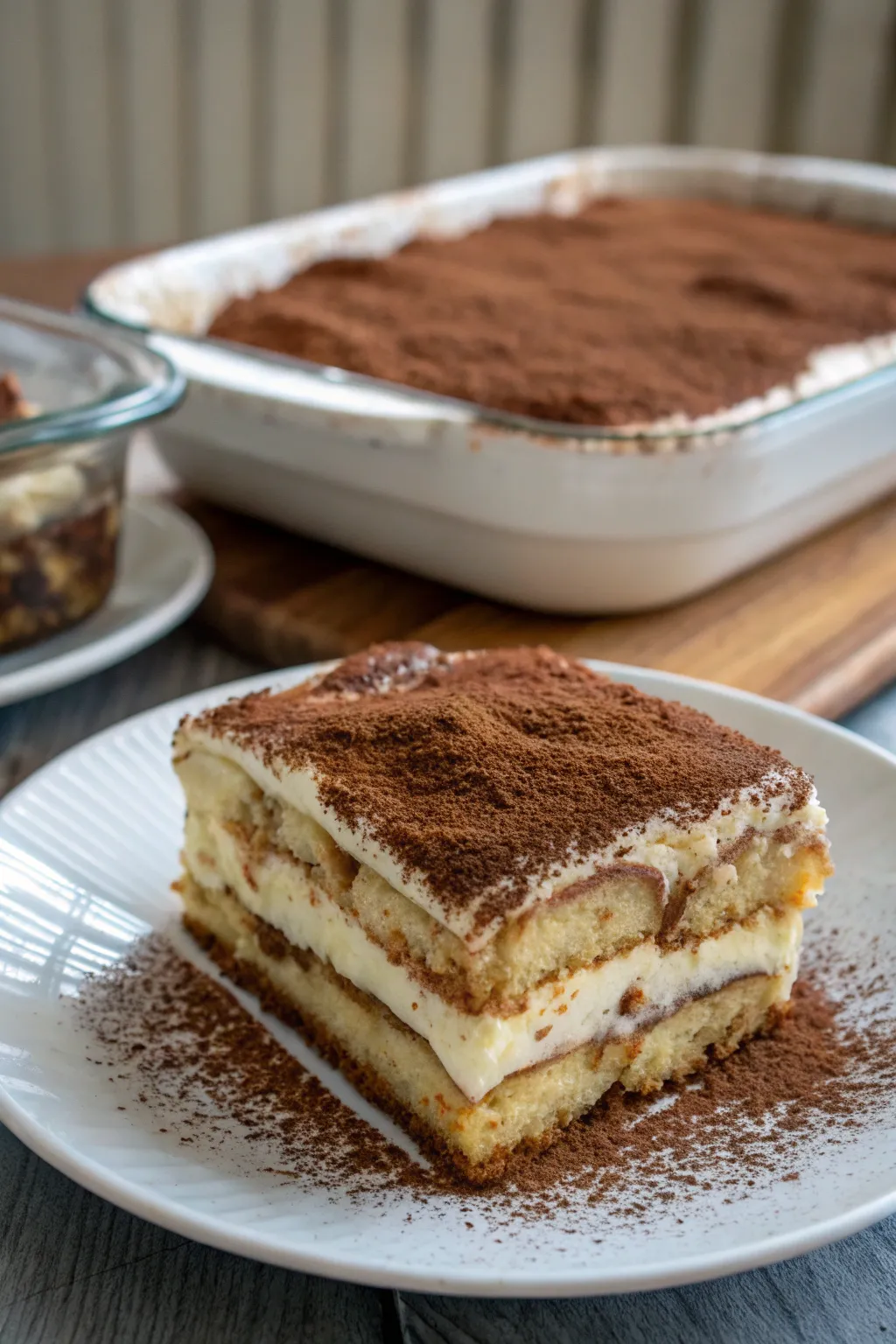

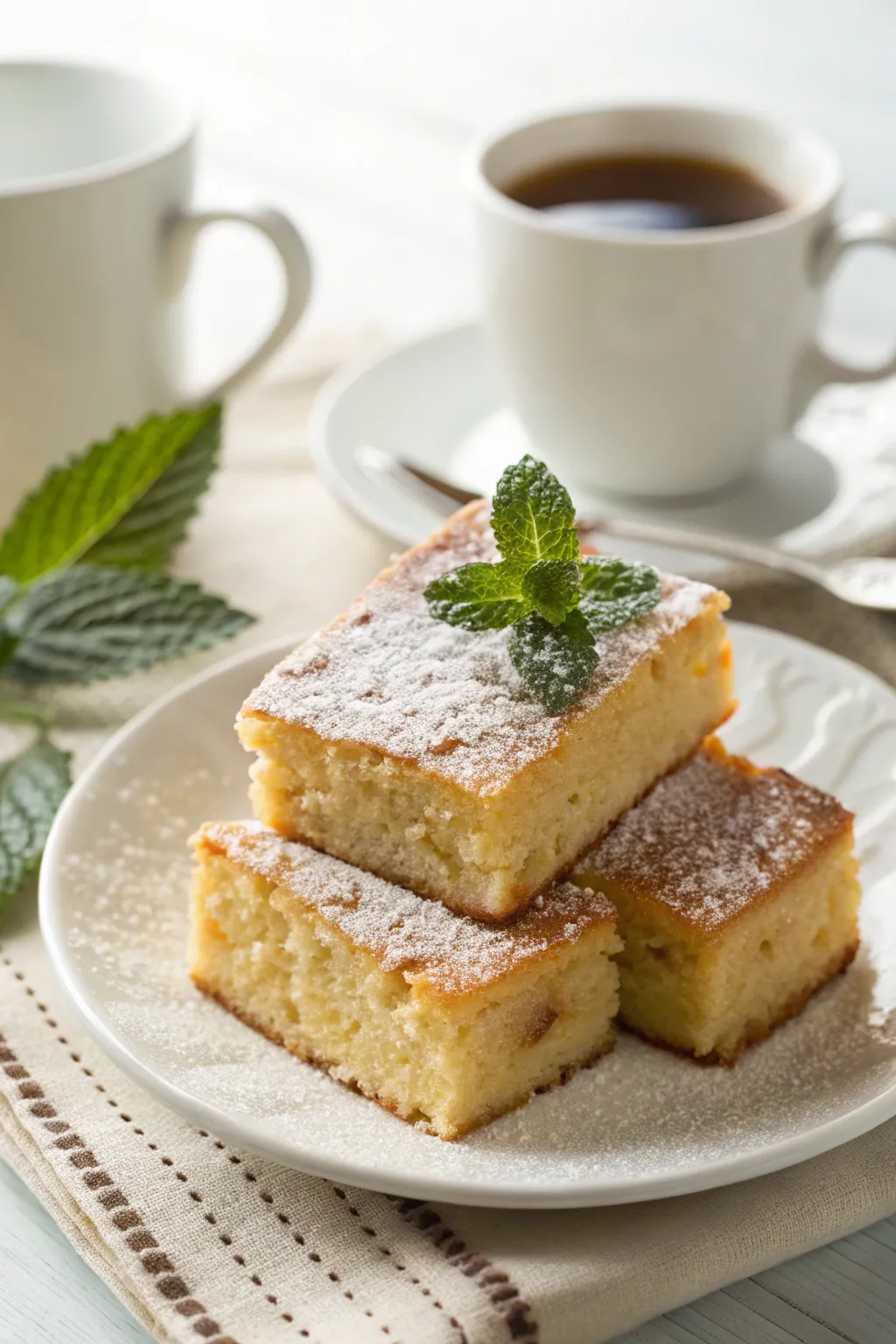
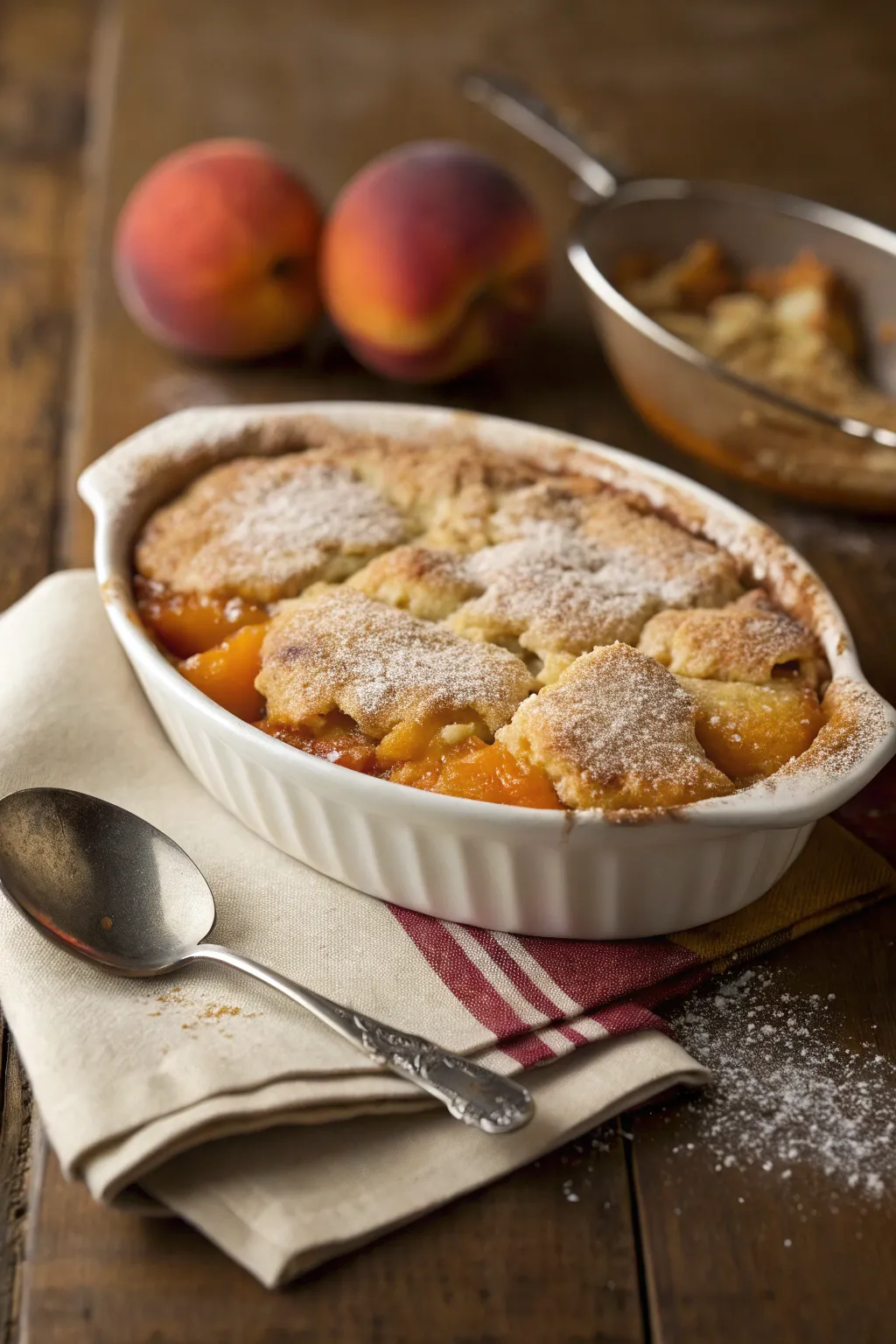



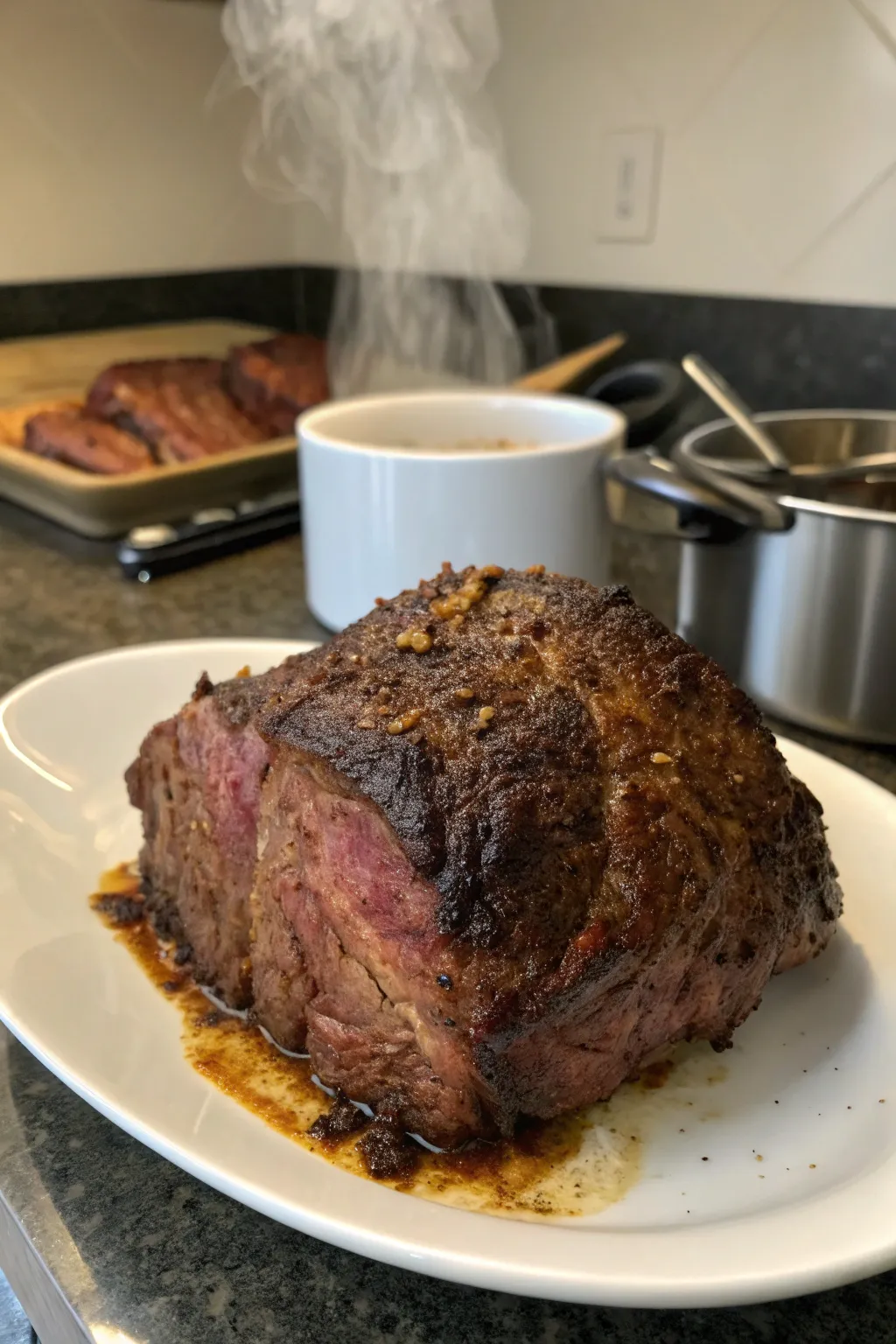










Leave a Comment